No products in the cart.
Okazi leaves
6.99 $
Other names: Feuille de Nkok, Eru, okok, Fumbwa, Afang, Gnetum, Okazi, Gnetum africanum, Gnetum bucholzianum, Koko, Efiki, Ibibio
Brand: Afritibi market
Country of Origin: Cameroon
Weight: 50G
Also known as: Eru, okok, Fumbwa, Afang, Gnetum
SKU: LEG-OKO
Categories: Fruits & Legumes, Légumineuses
Okazi Leaves: A Nutritional Powerhouse from the African Forest
Okazi Leaves, known scientifically as Gnetum africanum and Gnetum bucholzianum, are a vital component of the diet in many forest communities across Central and West Africa. These leaves, rich in protein and other essential nutrients, are recognized by various names in different regions, including KoKo, eru, okok, Okazi, and afang, reflecting their widespread use and cultural significance.
Why Include Okazi Leaves in Your Diet?
- Rich Nutritional Profile: Okazi leaves are not only a source of protein but also contain a variety of vitamins and minerals, making them an excellent addition to a healthy diet.
- Versatile Culinary Uses: Whether eaten raw, finely chopped, or added to soups and stews, Okazi leaves offer a unique flavor and texture that enhances any dish.
- Medicinal Benefits: Beyond their nutritional value, Okazi leaves are used in traditional medicine across Africa to treat ailments such as dilated spleens, sore throats, nausea, and even as an antidote against certain poisons.
Culinary Inspiration: Okazi leaves are a staple ingredient in many African cuisines, particularly in Cameroon and Nigeria, where they are used to prepare delicious and nutritious dishes. Their versatility allows for a wide range of culinary applications, from savory to sweet preparations, making them a favorite among chefs and home cooks alike.
Health and Wellness: In addition to their use in traditional African medicine for treating various health conditions, Okazi leaves are considered beneficial for relieving pain associated with childbirth and are used as a remedy against warts and boils. Their high fiber content also makes them an excellent choice for digestive health.
Discover the Taste of Africa with Okazi Leaves: At Afritibi, we are proud to offer Okazi Leaves, bringing a piece of African culinary heritage to your kitchen. Whether you’re looking to explore new flavors or incorporate nutritious ingredients into your meals, Okazi leaves are a perfect choice. Enjoy the rich, earthy taste of these leaves in your next soup, stew, or traditional African dish, and experience the health benefits that come with it.
| Weight | 0.30 lbs |
|---|---|
| Dimensions | 8 × 6 × 4 in |
Be the first to review “Okazi leaves” Cancel reply
Related products
-
-
Black-eyed Beans
7.99 $5.99 $ -
Ngai Ngai
4.99 $ -
Plantains
10.99 $ -
Dried bitter leaf
6.99 $
Close

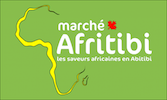
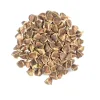
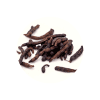
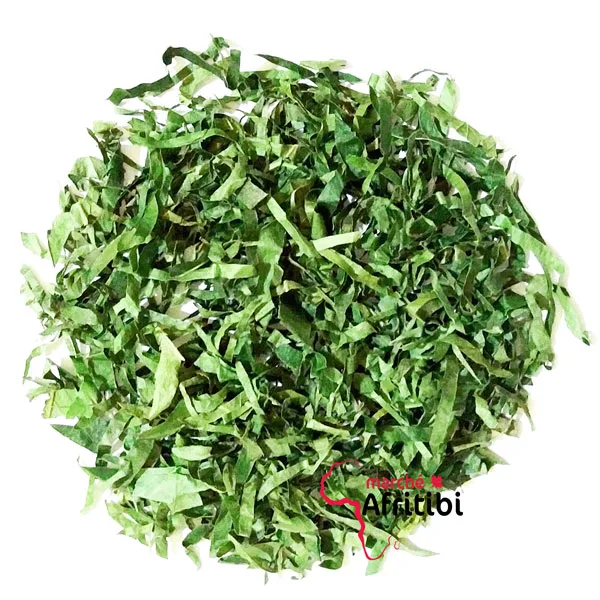
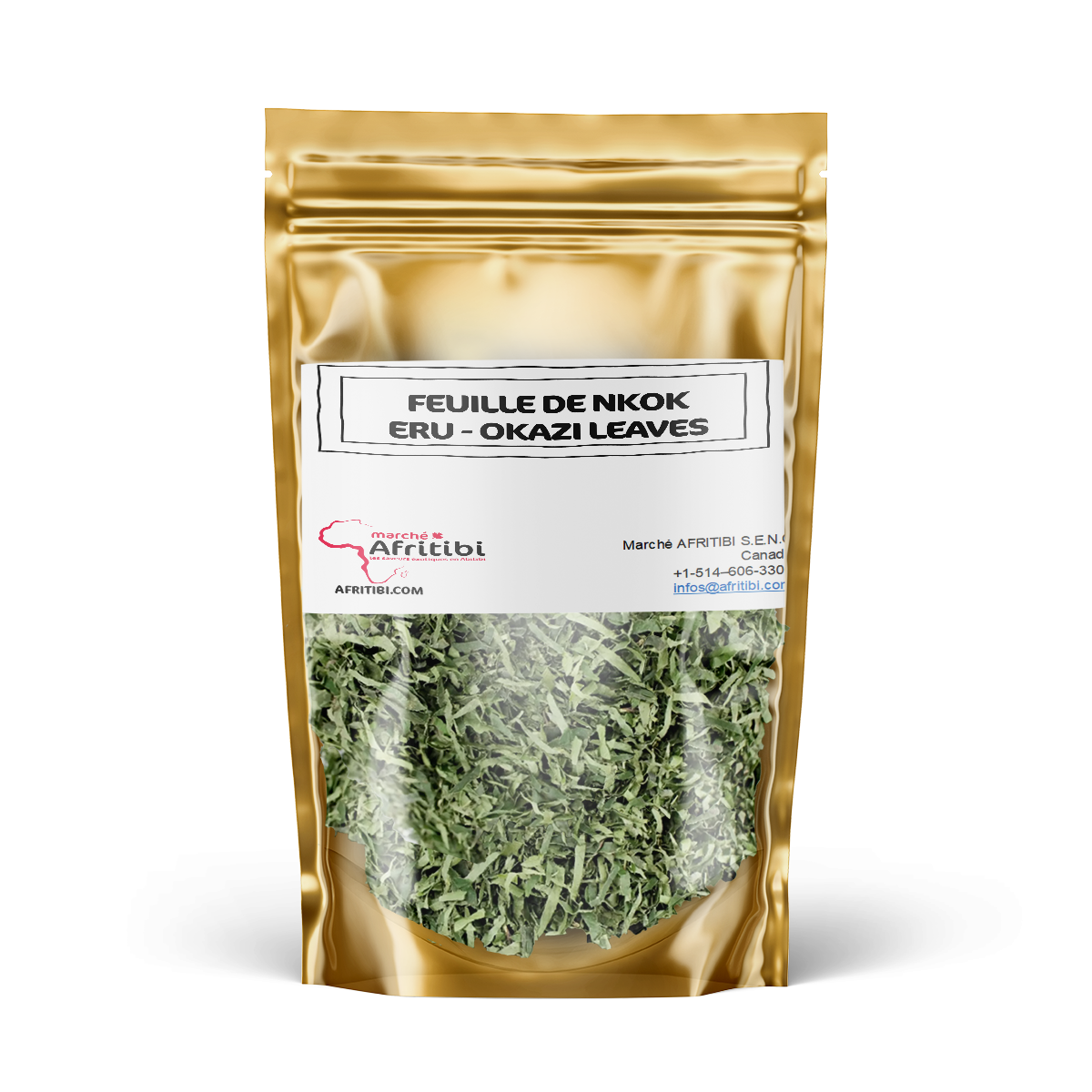
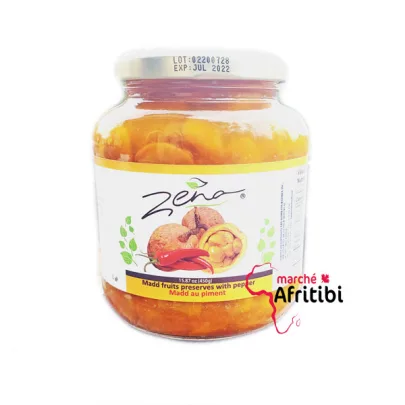
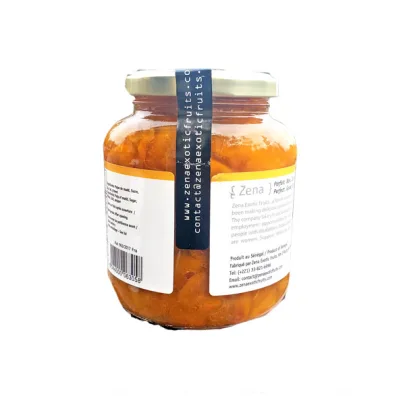
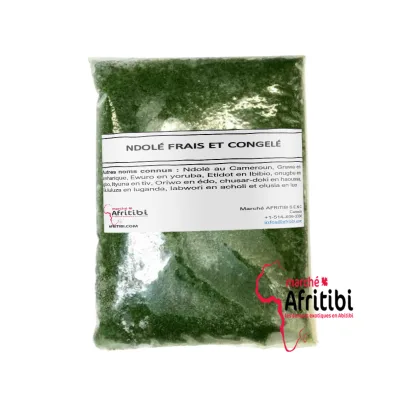
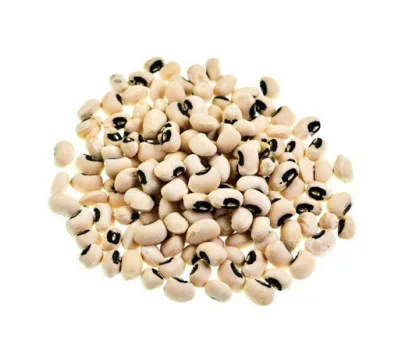
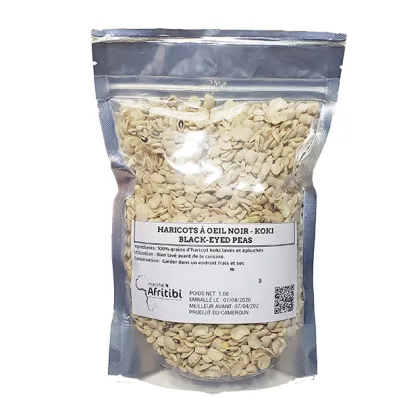
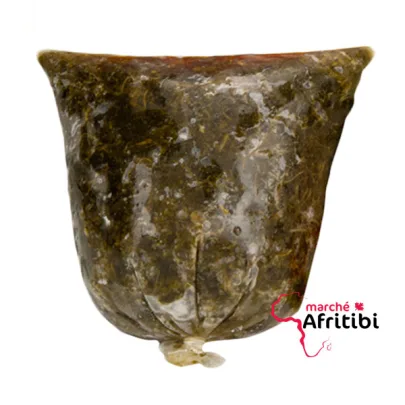
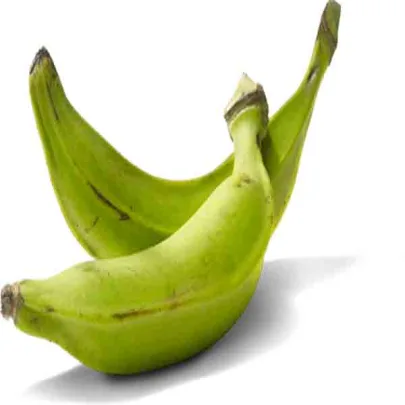
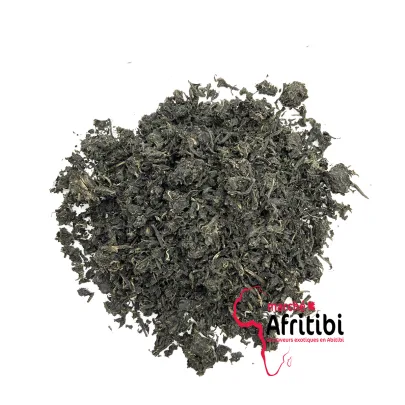
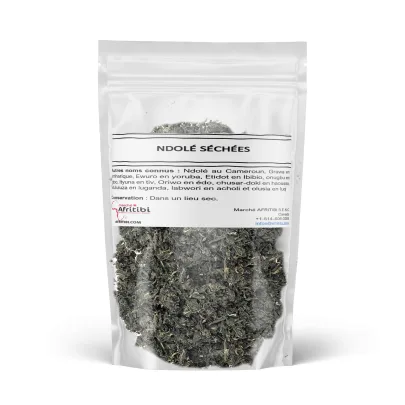
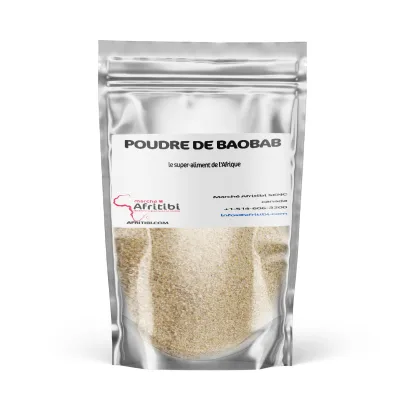
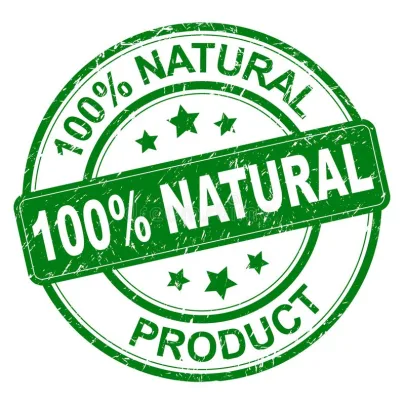
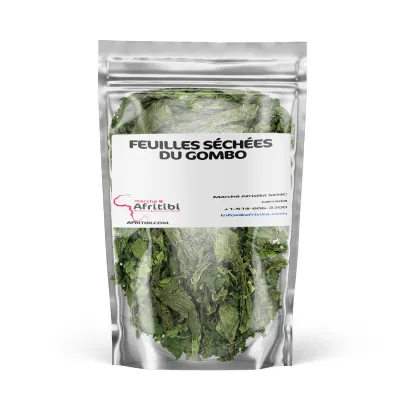
Reviews
There are no reviews yet.